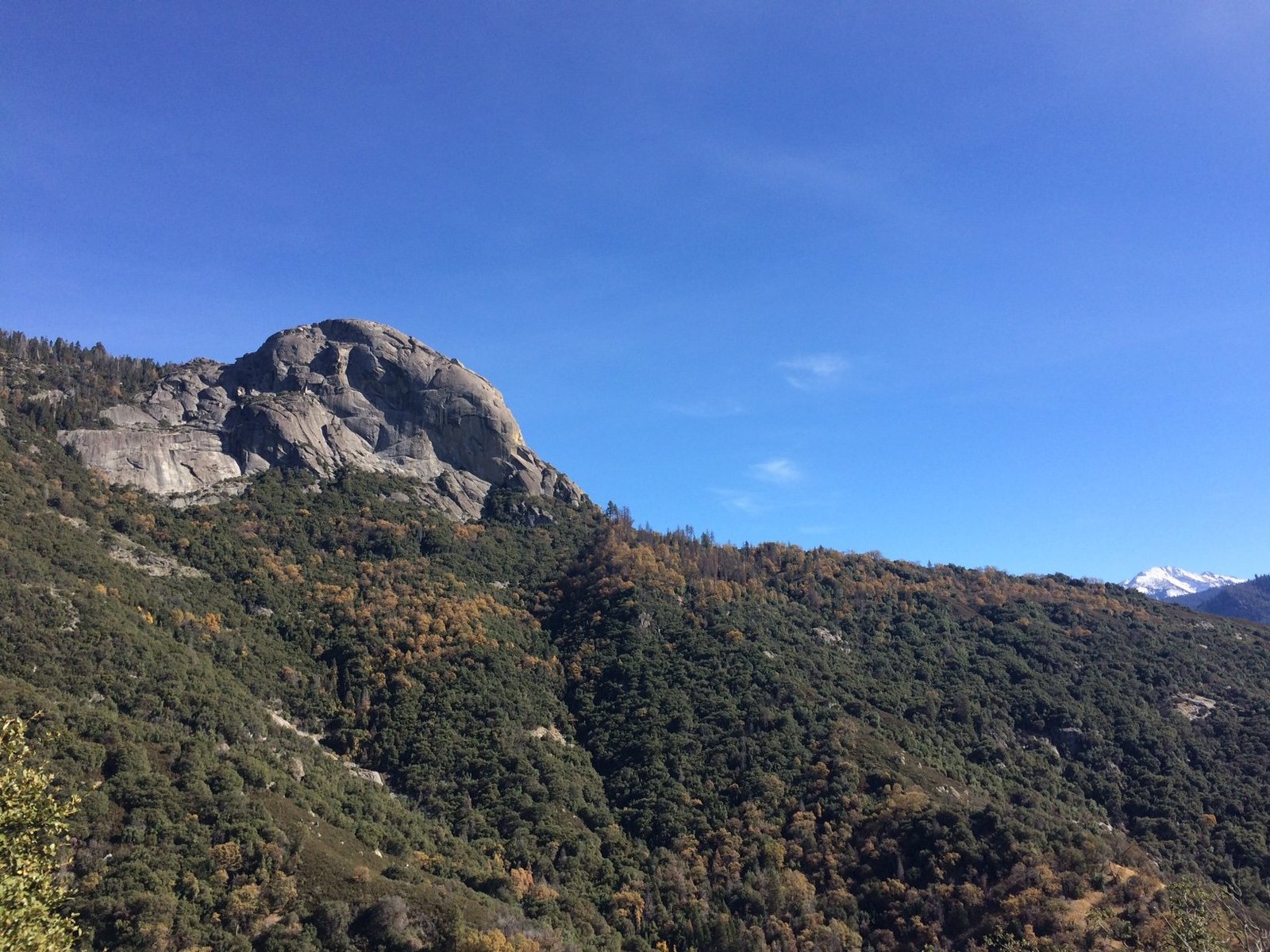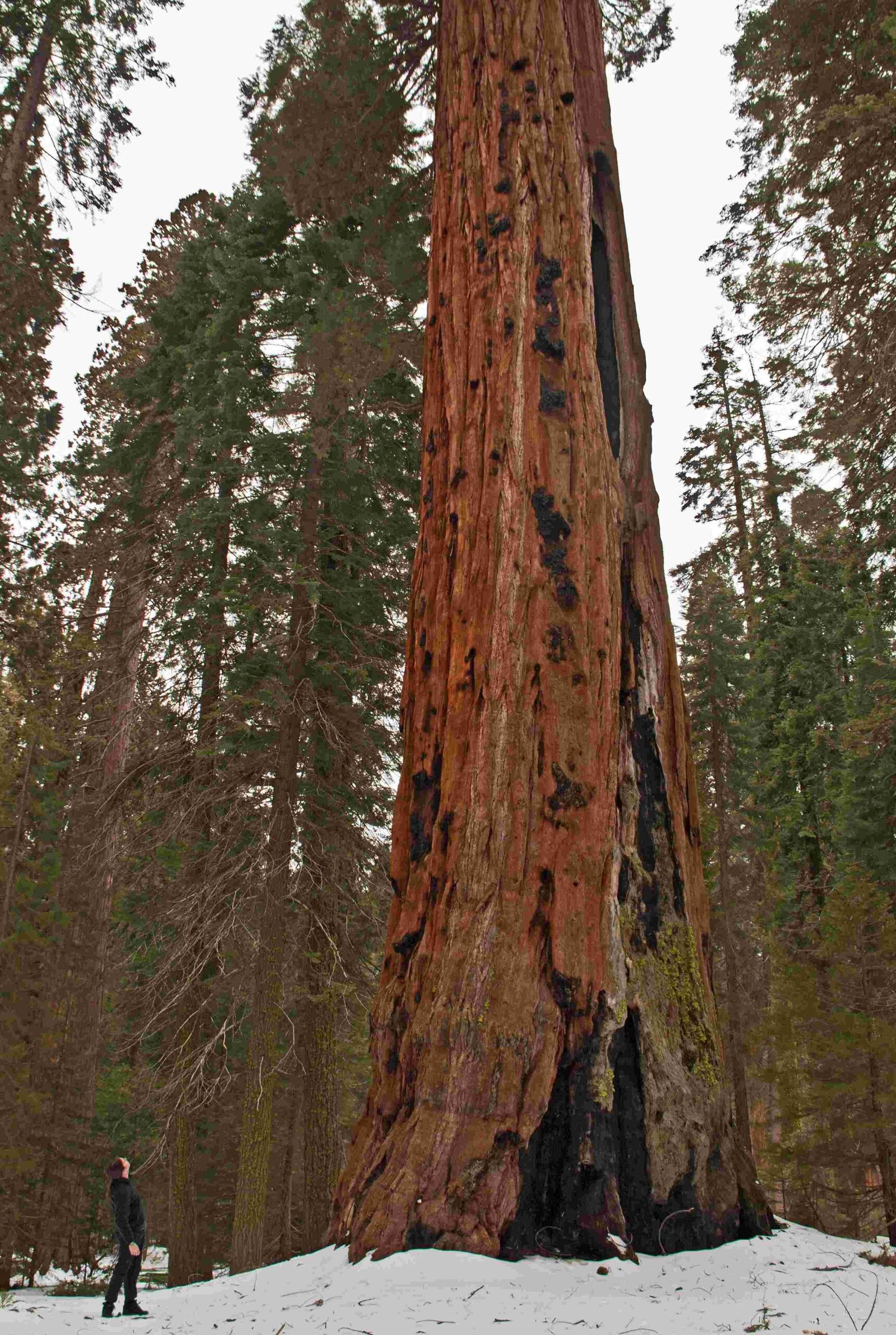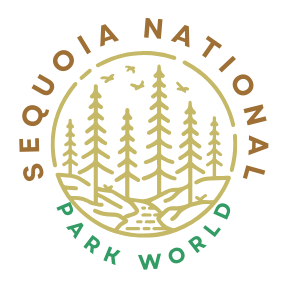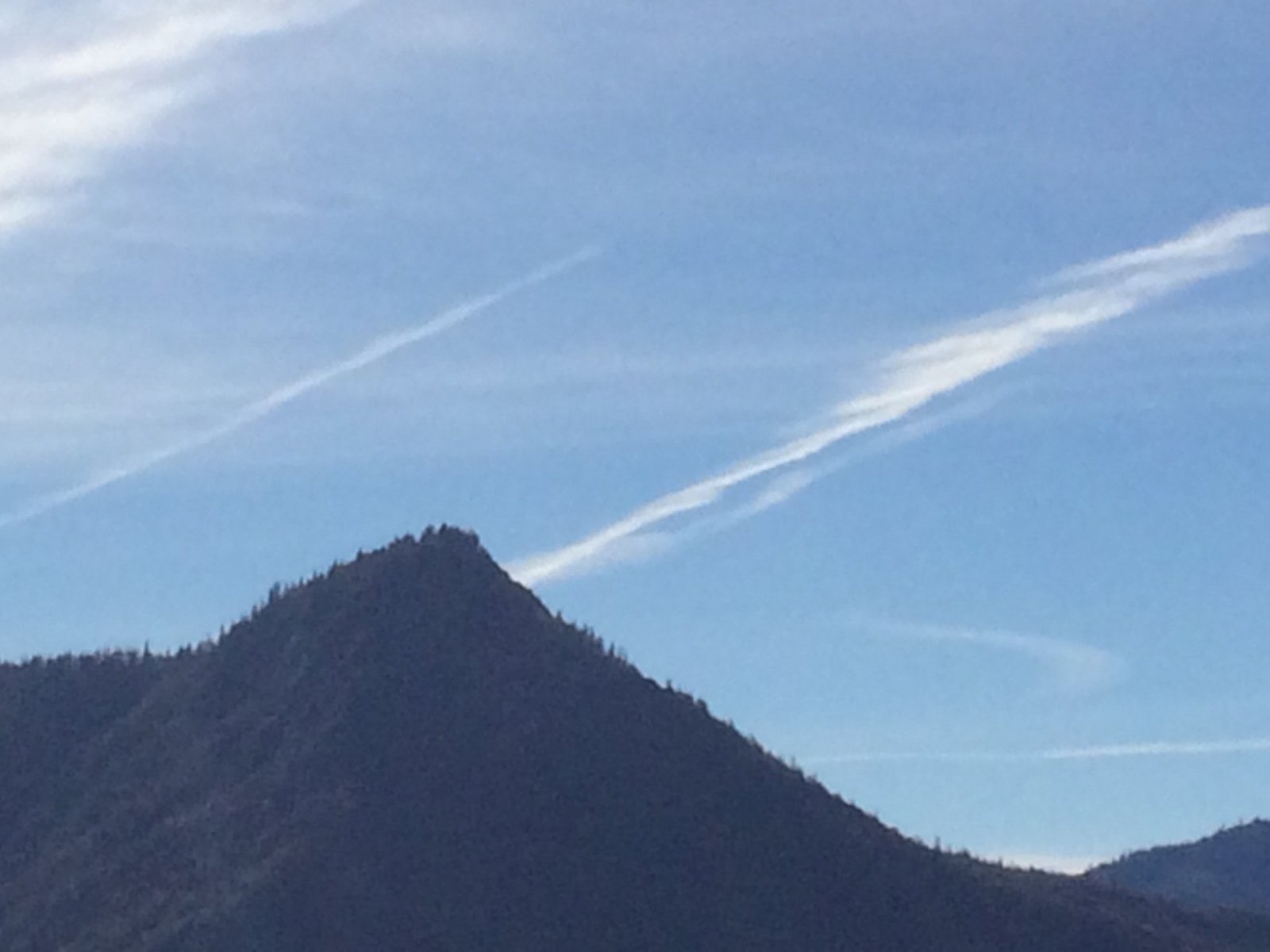Gravel riding in Sequoia National Park offers a unique blend of challenging terrain, breathtaking scenery, and diverse ecosystems. From the towering sequoias to the rugged mountain landscapes, cyclists can explore a variety of routes suitable for different skill levels. This guide provides comprehensive information on top-rated trails, essential tips, and what to expect when gravel riding in this iconic national park.
What Are the Best Gravel Riding Routes in Sequoia National Park?

Sequoia National Park boasts several exceptional gravel riding routes that cater to different skill levels and preferences. Here are two of the most popular trails:
1. Buck Rock Gravel Loop
- Distance: 32 miles
- Elevation Gain: Significant, with an 11-mile ascent
- Difficulty: Intermediate to Expert
- Starting Point: Quail Flat parking area
This challenging route offers a diverse riding experience, starting with a descent on Ten Mile Road. Riders then tackle an 11-mile climb on forest roads, followed by rolling terrain and a final ascent to Buck Rock Lookout. The return journey is predominantly downhill, providing a thrilling conclusion to the ride.
2. Cedar Grove to Road’s End
- Distance: 30-40 miles round trip
- Elevation Gain: Approximately 1,500-1,800 feet total
- Difficulty: Intermediate
- Starting Point: Boyden Caverns parking lot
This route features a gradual climb over the first 6-7 miles, followed by rolling terrain. The trail is mostly flat with some undulations, making it suitable for riders comfortable with hard-packed dirt and gravel roads. The return trip offers a pleasant downhill coast.
What Gear is Essential for Gravel Riding in Sequoia National Park?

Proper equipment is crucial for a safe and enjoyable gravel riding experience in Sequoia National Park. Here’s a list of essential gear:
- Gravel or mountain bike with appropriate tires
- Helmet
- Cycling shoes with good grip
- Hydration pack or water bottles
- Energy bars or snacks
- Basic repair kit (spare tube, tire levers, multi-tool)
- First aid kit
- Sun protection (sunscreen, sunglasses)
- Weather-appropriate clothing (layers recommended)
- GPS device or smartphone with offline maps
How Should Riders Prepare for Hydration and Nutrition?
Proper hydration and nutrition are critical when gravel riding in Sequoia National Park. Consider the following tips:
- Carry more water than you think you’ll need
- Pack energy-dense snacks like trail mix, energy bars, and fruit
- Plan your route to include potential refill points at visitor centers or campgrounds
- Consider using electrolyte tablets or sports drinks for longer rides
- Eat and drink regularly throughout your ride, even if you don’t feel thirsty or hungry
What Are the Potential Hazards of Gravel Riding in Sequoia National Park?
While gravel riding in Sequoia National Park can be an exhilarating experience, it’s important to be aware of potential hazards:
- Rough terrain, especially in areas affected by wildfires
- Slippery surfaces, particularly at lookout points
- Wildlife encounters (maintain a safe distance)
- Rapidly changing weather conditions
- Limited cell phone coverage in remote areas
- Altitude-related issues for those not accustomed to higher elevations
- Fallen trees or debris on trails
- Steep drop-offs on some routes
How Can Riders Minimize Their Environmental Impact?
Responsible gravel riding in Sequoia National Park is essential to preserve its natural beauty. Follow these guidelines:
- Stay on designated trails and roads
- Pack out all trash and leftovers
- Avoid disturbing wildlife or plant life
- Use established restroom facilities when available
- Respect park rules and regulations
- Consider joining or supporting local trail maintenance efforts
What Are the Best Times of Year for Gravel Riding in Sequoia National Park?
The ideal time for gravel riding in Sequoia National Park depends on various factors:
| Season | Pros | Cons |
|---|---|---|
| Spring | Mild temperatures, wildflowers | Potential for wet trails, lingering snow at higher elevations |
| Summer | Long daylight hours, all trails accessible | Hot temperatures, crowded conditions |
| Fall | Beautiful foliage, cooler temperatures | Shorter daylight hours, potential for early snow |
| Winter | Solitude, unique scenery | Limited access, cold temperatures, snow-covered trails |
Generally, late spring through early fall offers the best conditions for gravel riding in the park.
How Can Riders Navigate Sequoia National Park’s Gravel Routes?
Effective navigation is crucial for a successful gravel riding experience in Sequoia National Park. Consider these tips:
- Obtain detailed trail maps from the park visitor center
- Use a GPS device or smartphone with offline maps
- Familiarize yourself with the route before starting your ride
- Pay attention to trail markers and signage
- Carry a compass as a backup navigation tool
- Inform someone of your planned route and expected return time
- Consider riding with a group or guide for more challenging routes
By following these guidelines and preparing adequately, gravel riders can enjoy a safe and memorable experience exploring the stunning landscapes of Sequoia National Park.
References:
1. https://gravelbikecalifornia.com/buck-rock-gravel-guide/
2. https://www.bikeforums.net/southern-california/694045-cycling-sequoia-king-s-canyon-parks.html
3. https://pjammcycling.com/zone/236.Sequoia-National-Park

